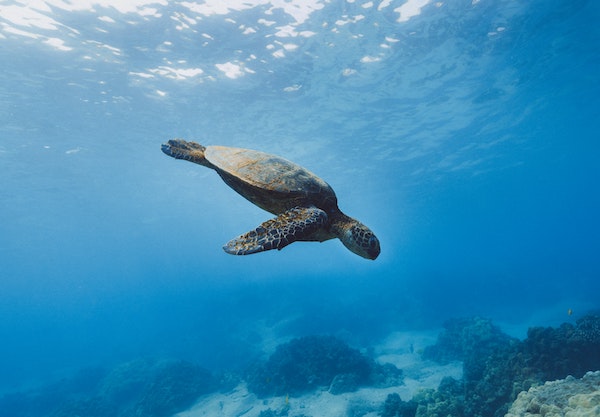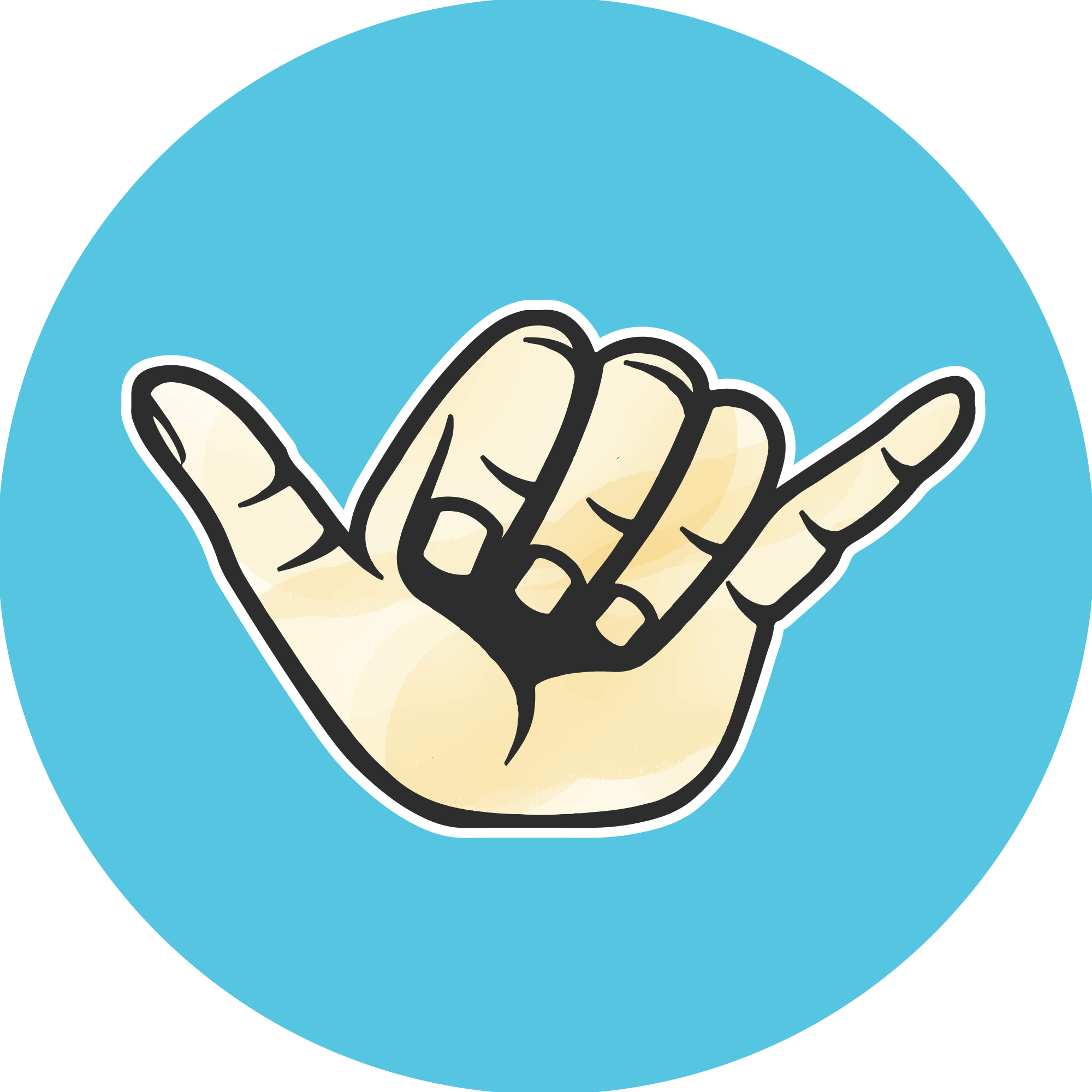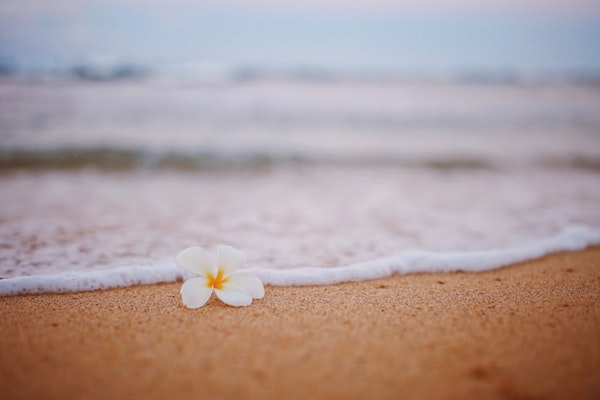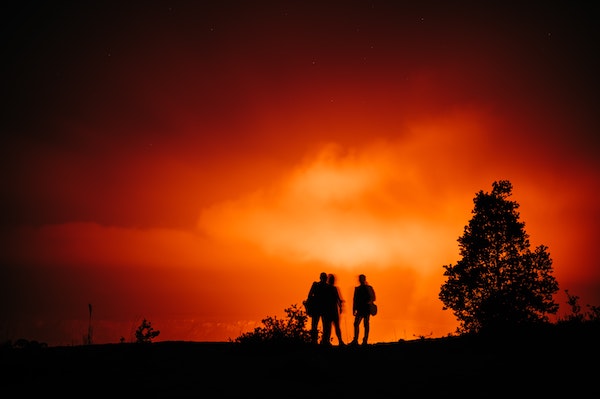When you’re visiting Hawaii, we’re sure you're excited to visit some beaches, go on hikes and explore all the natural beauty the islands have to offer. But, before you do, we’d like to share more about some of Hawaii’s vulnerable animals and what you can do to help.
Being that Hawaii is an isolated archipelago - it’s about 2,500 miles from the mainland US and 6,000 miles from Asia - its ecosystems are extremely fragile. Not only that, Hawaiians have a deep connection to the land, or aina in Hawaiian, meaning that the wildlife is also culturally significant.
Currently Hawaii has a problem with tourists that are disrespecting native animals, specifically marine animals. In fact, countless travelers have been publicly shamed on social media for their insulting behavior. Not only that, many have faced fines and even jail time for disregarding local and federal laws that apply to Hawaii’s beloved wildlife.
Here, we’ll share three vulnerable species that you should know about and ways that you can not only be a respectful traveler, but help preserve and restore the state’s delicate ecosystems for generations to come.
First, Here are Some Animals you Should Know:
*Please note, there are countless species that call Hawaii’s oceans, land and skies home. This is not a comprehensive list, but these are three animals that are at risk and are frequently harassed by humans.*
1. Hawaiian Monk Seal
If you’re not familiar with the Hawaiian monk seal, it’s an endangered mammal and the only tropical seal species left in the world, according to Hawaii Marine Animal Response (HMAR), a local nonprofit dedicated to marine life conservation. Currently, there are just over 1,000 Hawaiian monk seals left on earth and their greatest threat is unfortunately, humans.
2. Green Sea Turtle
Known as honu in Hawaiian, green sea turtles are a threatened species. Although their population is slowly increasing, they are still extremely vulnerable. What you may not know is that in addition to being ecologically significant, sea turtles are culturally important to Hawaiians too. According to HMAR, sea turtles were “incorporated into native practices, religious ceremonies, and diet.” Their harvest was regulated under the kapu system which was the code of conduct in ancient Hawaii. This means that they were sustainably caught. It wasn’t until colonization that the green sea turtle’s population began to decline.
3. Nene Bird
Also known as the Hawaiian goose, the nene is Hawaii’s state bird. In the 1960’s there were just 30 nene left in the world. With the help of rigorous conservation efforts the population has blossomed to roughly 2,800 today moving this bird from the brink of extinction to the threatened species list. It’s a great comeback story, but we mustn’t forget that we almost lost these birds for good.
Now, How You Can Help:
Of course these aren’t the only Hawaiian animals that are vulnerable, but as we mentioned before, they are some of the ones that need the most help. Now that you know, here’s what you can do to protect and support these species.
1. NEVER, we mean NEVER, touch wild animals
This may seem straightforward but you won’t believe the number of visitors that see a monk seal or sea turtle resting on the beach and go up to it for a selfie or to harass it. Not only is this extremely dangerous to you - again, these are WILD animals - it’s considered EXTREMELY disrespectful. In fact, getting too close can result in a large fine and in some instances jail time. If you see one of these animals, please keep a respectful distance.
2. Pick Up Your Trash
Not only is littering bad for the environment, the trash that you leave behind at the beach or on a hike is harmful to animals that might mistake it for food. Always pick up your trash and dispose of it properly. Want to go above and beyond? Reduce your trash by packing sustainably (see #3 below) and if you see something on the beach that isn’t yours, pick it up and throw it out. Always try to leave the beaches and trails better than you found them!
3. Use Reusable Water Bottles and Straws
To lessen the impacts of plastic on our planet please pack a reusable water bottle and straws for your visit. But, don’t stop there, you can also pack reusable snack bags, coffee cups, and tote bags. Any time you can reduce the use of plastic, you’re helping in a very important way!
4. Wear Reef-Safe Sunscreen
Remember learning about the food chain in school? Well, this is where reef-safe sunscreen comes into play. The chemicals in sunscreen cause coral bleaching which damages the coral’s DNA. So why is this bad you ask? Any animals that rely on the coral reefs as a food source are affected and those impacts travel up the food chain.
5. Slow Down
We’re referring to boating or driving. If you’re in a nene habitat - for example Volcanoes National Park or Haleakala National Park - take it slow. Even though these birds can fly, they tend to walk. If you’re driving too fast you run the risk of hitting a precious nene. Sadly, this has happened before and is easily preventable. If you’re boating and see a monk seal or sea turtle, please put your boat engine in neutral and let it pass.
6. Adopt - or Donate - to Their Cause
If you truly want to help these animals in need you can do so by “adopting” one. No, you won’t get to take home a green sea turtle, but you will be donating to help protect these animals and make sure that they thrive for generations. Below are organizations that are dedicated to the preservation of monk seals, green sea turtles and nene birds.
- Hawaiian Monk Seal Preservation Ohana
- Malama na Honu
- Friends of Haleakala National Park
- Hawaii Wildlife Fund
In just reading this article, you’re already doing your part to help. If you’d like to do more, below you’ll find a few organizations where you can learn about some of the problems impacting Hawaii’s local animals and donate or volunteer your time.
Please remember, Hawaii is not Disneyland. Over a million people call the islands home and tourism greatly impacts their lives. In addition to being respectful to the state’s native animals, please respect locals and the land when you visit.






